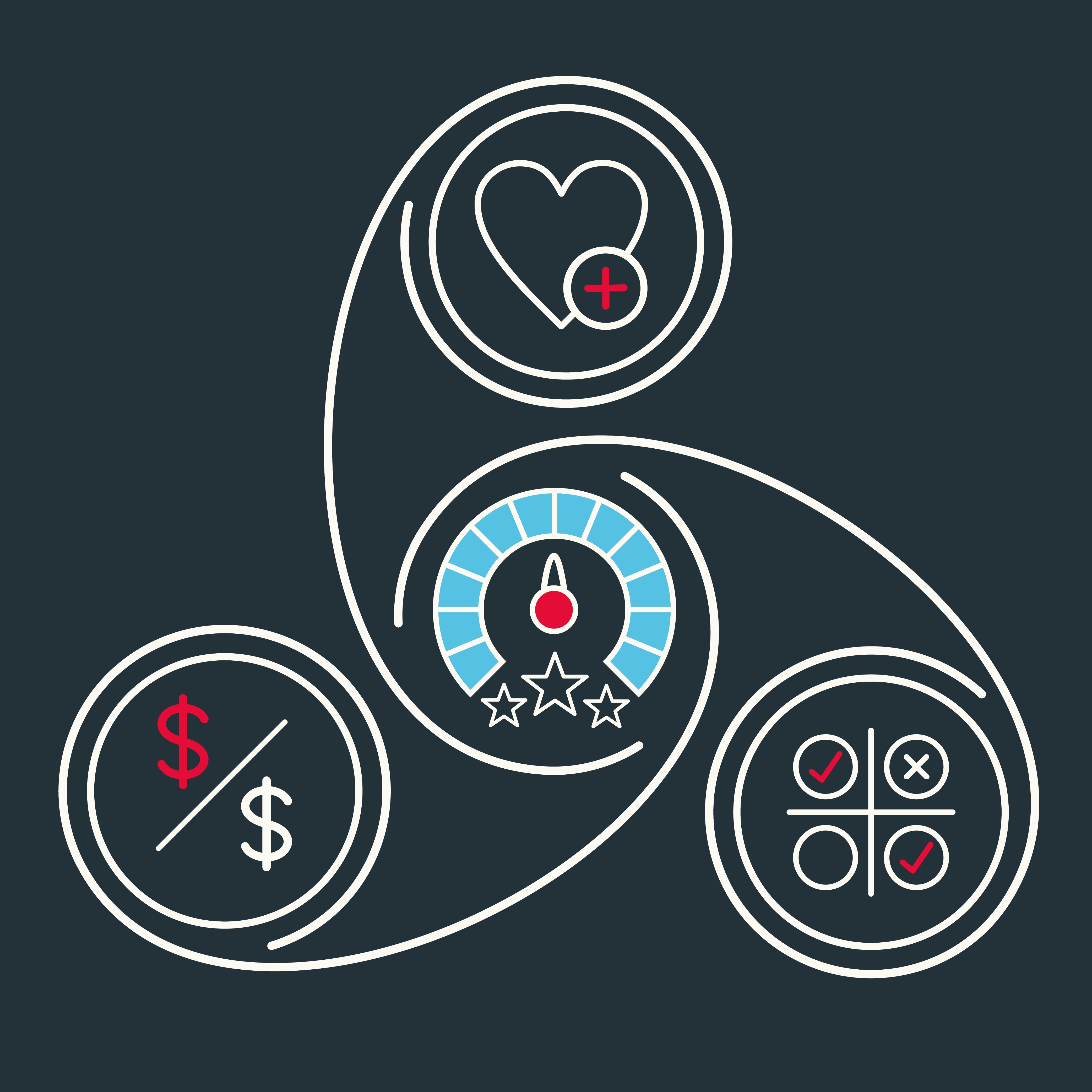Retail is Becoming More Automated - How Do You Keep Building Personal Relationships?
"Identifying, and then executing sensibly, against new touchpoints created by new delivery models is a big opportunity space for brands going forward"
In a recent Fabian Society report ‘The Future of British Retail’ three emerging models were identified that could define the next age of UK retail. Arguably, two of these realities have clear implications for suppliers as well as retailers - ‘Squeezing the Cost Base’ will mean suppliers chasing increasingly cheaper costs of production, while ‘Competing on Connectivity’ would drive suppliers to a more quality-led, relationship-driven route with both customers and consumers. The third scenario, which the Fabian Society refer to as ‘Automating to Efficiency’, poses more interesting challenges for suppliers and retailers to respond to.
This future view is driven by retailers pursuing a long-term goal to move shoppers from bricks and mortar stores to online retail. To make this model profitable there is likely to be increasing automation within the process – from warehouse robots to driverless delivery vans, even online ‘assistants’ being powered by AI. This scenario raises some big questions, not only for retailers themselves, but also for manufacturers of the goods that they sell.
The growth of the Shopper Marketing function in recent years highlights how important brands see the retail environment. This territory is not just a place to convert browsers to purchasers, but also a critical touchpoint in the consumers’ experience of the brand, reinforcing the all-important emotional connection. Examples of this in recent years include the paint manufacturer Valspar, who trained a number of B&Q staff to better deliver their brand message to potential purchasers. Not only does this drive purchase, it creates brand connection.
If a positive retail experience can produce positive sentiment not just for the retailer brand, but also to the product purchased, how can retailers and suppliers continue to deliver both conversion to purchase and an emotional connection in the face of increasing automation?
There are some interesting opportunities for retailers and suppliers to translate, deepen or create consumer touchpoints.
Understand how best to translate existing consumer touchpoints
As automated processes increase, touchpoints that previously involved a human-to-human interaction will be replaced. This radically shifts the dynamic of the consumer touchpoint and retailers must be aware that a simple copy-paste of previous communication strategy is unlikely to have the same results. It will be important to consider what the goal of the touchpoint is – both in terms of commercial and emotional value – and the best methods to achieve that in the absence of a human being.
Arguably, WHSmith is missing an opportunity here – the highly effective ‘tillpoint conversation’ is now translated literally at the automated checkout where a pop-up box asks if you would like to add a bar of chocolate for £1. An interaction that could sometimes feel like a friend suggesting you might want a treat has now changed to feel like a robot programmed to upsell. Suppliers, who have opted to utilise this touchpoint, should be challenging retailers to not simply automate a previous interaction between brand and shopper, but to re-imagine it, both in terms of quality and outcome. This translation will shape how successfully both brands and retailers can continue to build emotional connections with the consumer.
Where appropriate, deepen the touchpoints that remain
The number of face-to-face contacts will decrease, but can those left be better utilised? For instance, until drone delivery becomes the norm, delivery drivers will increasingly be the sole face-to-face interaction between end-consumer and retailer. There are opportunities for retailers to explore ways to better utilise their delivery drivers, not only ensuring they do the basics correctly (no broken parcels thrown over a garden fence, please!), but also potentially acting as brand advocates or educators.
A positive example of this can be seen in the generally helpful and friendly manner of Ocado delivery drivers – but there could be opportunities to drive this further, encouraging drivers to engage on a more personal level with each delivery, bringing the virtual retail experience into the shoppers’ home. For instance, drivers could share a recipe suggestion based on the items ordered or hand over a sample of a new product with a short introduction. Smaller, niche operators are able to do this more easily – for instance, Riverford Organic delivery teams will often chat on the doorstep about the vegetables being delivered, creating an emotional connection at the point at which the virtual shopping experience enters the shoppers’ home.
Find the places in your consumer journey to create new opportunities
The decrease of interactions in the shopper journey should be inspiring suppliers to think more creatively about other methods of connecting with their end-consumer. In this new world, packaging could become a more important medium to reach across the virtual / physical divide into the homes of consumers. Social media could also be a viable option for some brands here, but isn’t likely to be the sole saviour.
One example of where packaging is being used to create new interactions with the end consumer in the absence of a physical retail experience is Bloom & Wild, an online flower delivery service. Here some elements of the florist in-store experience are brought to the automated carboard box delivered. Flower arranging tips are included in the box in the form of a personal message and users are driven onto social media platforms to share pictures of their flowers. Identifying, and then executing sensibly, against new touchpoints created by new delivery models is a big opportunity space for brands going forward.

